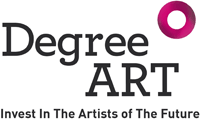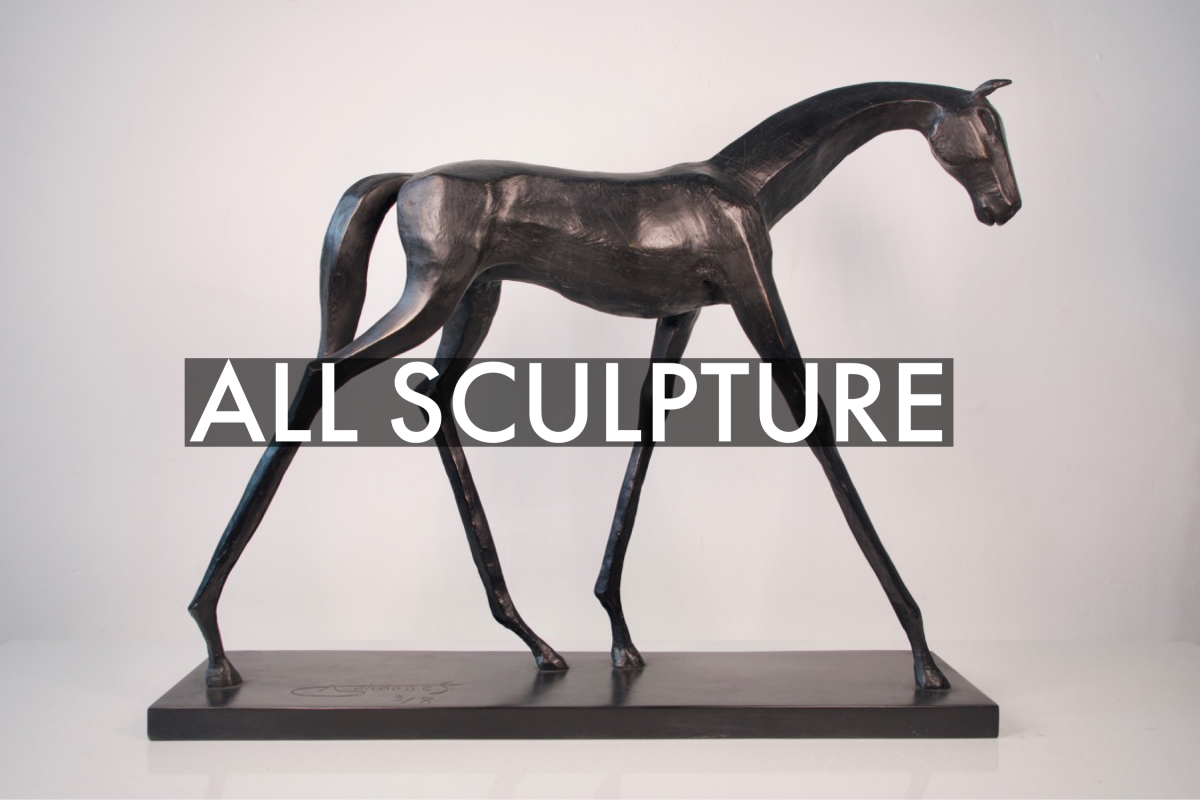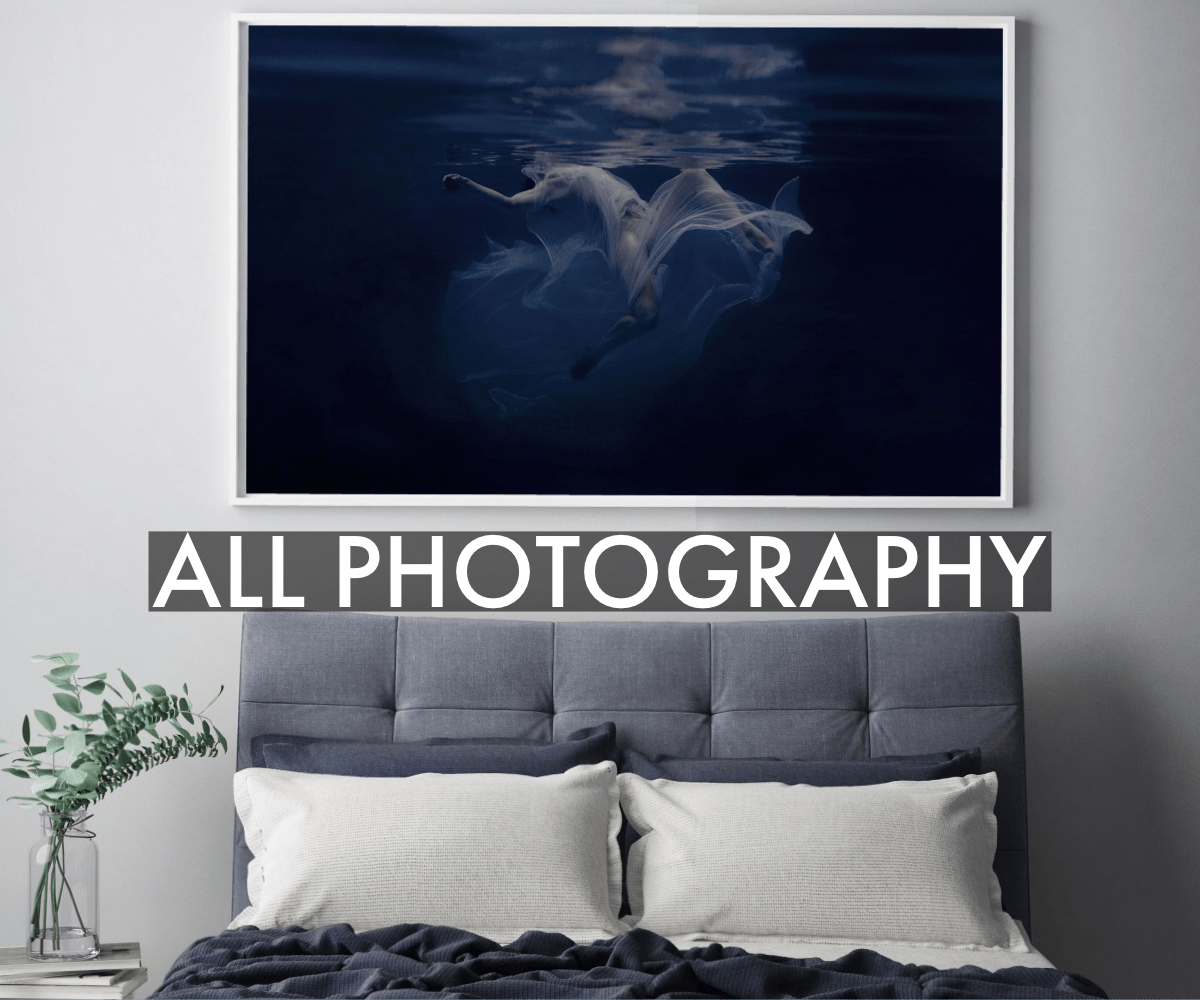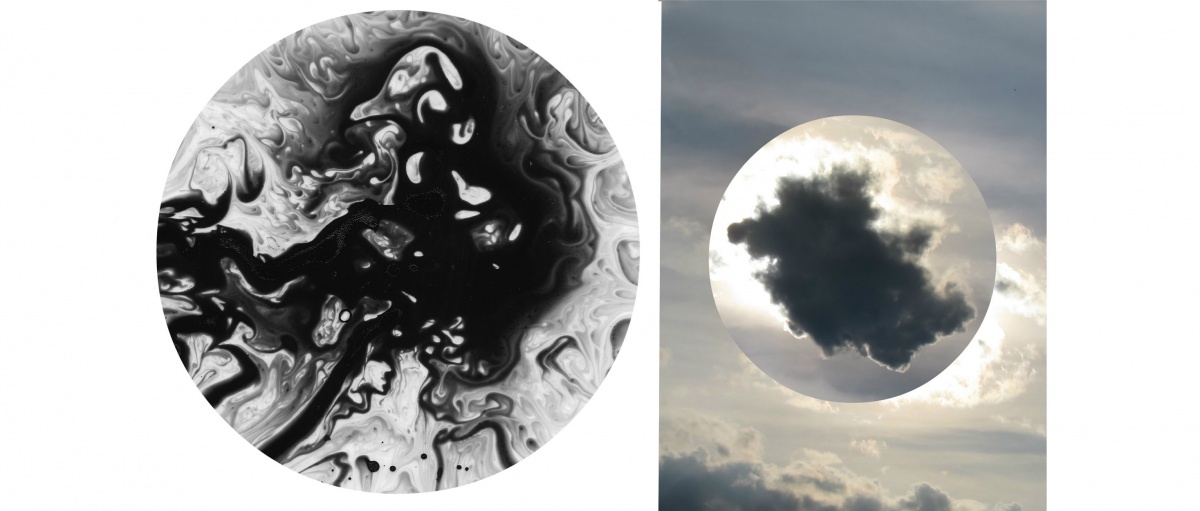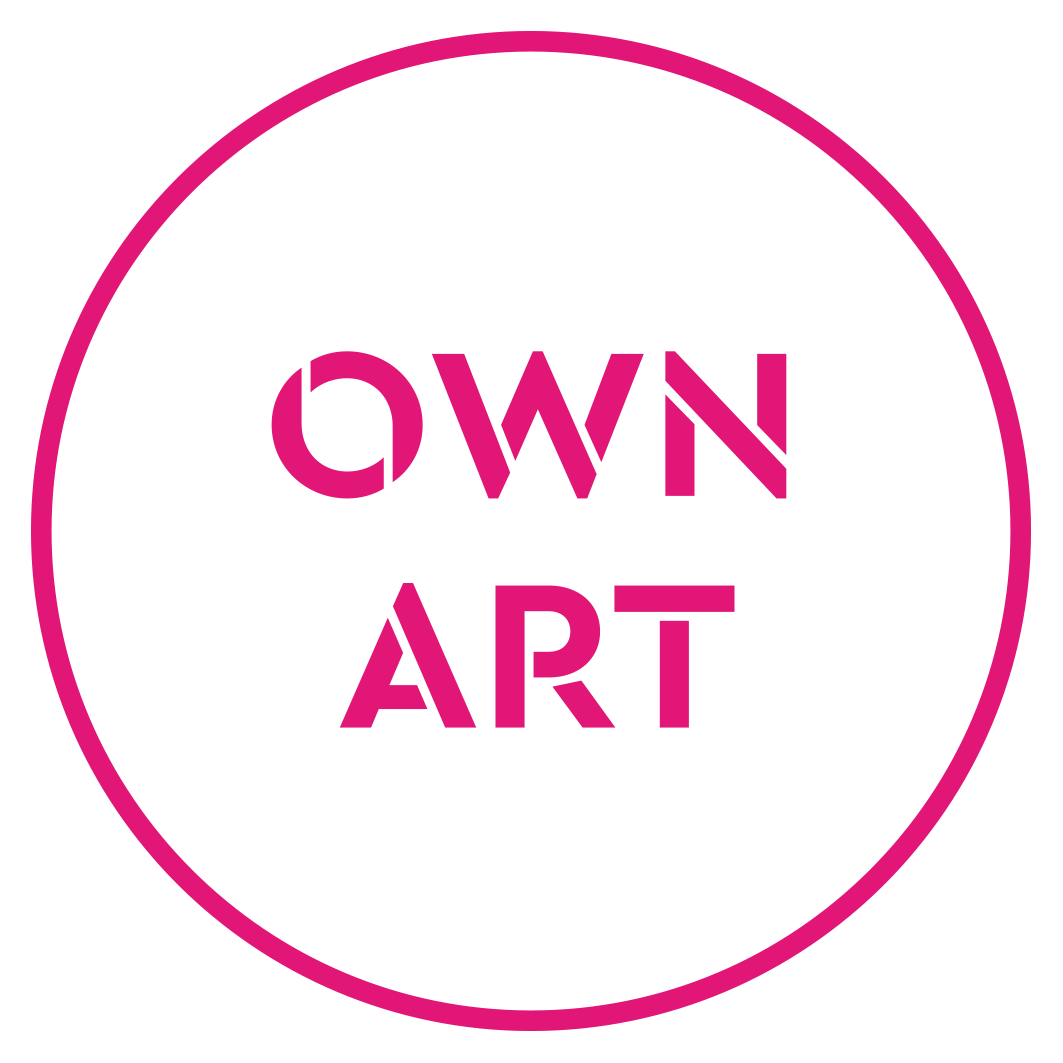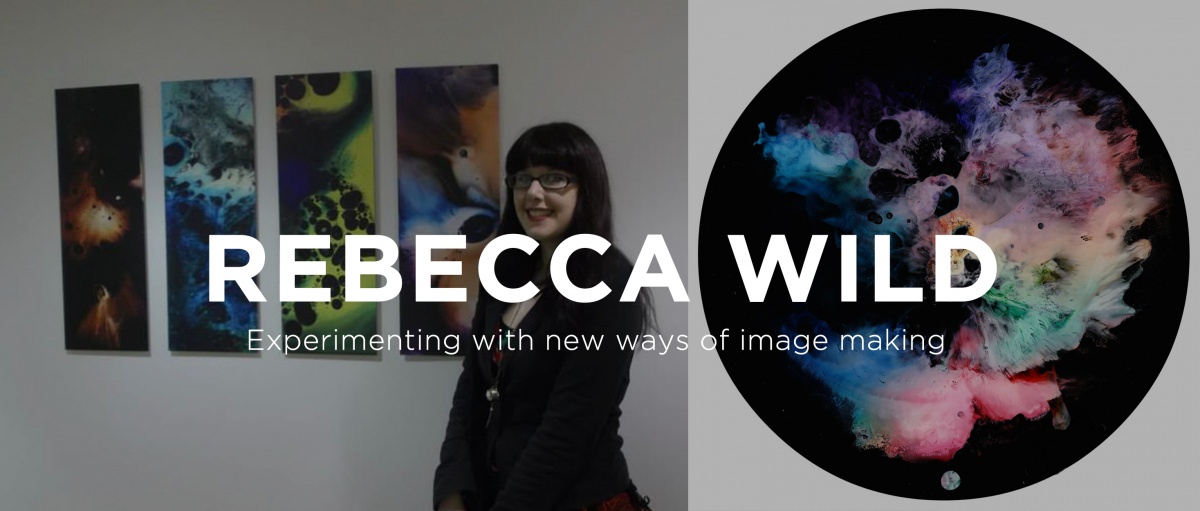
This week we delve into Rebecca Wild's artistic practise and approach to art-making. In addition to being an artists Rebecca is a curator and graduate from Manchester Metropolitan University studying MA Contemporary Curating (2013) and BA (Hons) Interactive Arts (2012). Rebecca’s work is all about experimentation and spontaneity, she specializes in a technique called scanography, a photography technique that she approaches from a fine art perspective. She is interested in the unconventional means of taking a picture without the use of a digital camera and have been exploring new ways of creating an image.
1) Which art movement do you consider most influential on your practice?
I feel a stronger connection to post-modern art than most other art forms, particularly the era from 1980 until present day. I do feel that art, now, is at an exciting stage where it is extending beyond the confines of the gallery, spilling out into streets, libraries, public spaces and non conventional venues which results in a more dynamic and unusual take on exhibitions, where work transforms these spaces into something of wonder. I love the move towards interactivity in art and the growth in installation artwork, each providing a more immersive experience for the viewer.
2) Where do you go and when to make your best art
I make my best art when I am in a positive and inspired mindset. Typically when I am alone either at home or in the studio with no distractions and only my thoughts.
3) How do you describe your 'creative process'?
My process is purely experimental, exploring three defining elements of colour, light and natural forms. Many of my works start out as an investigation into how materials react together, particularly how artistic mediums such as paints and inks react when they come into contact with other fluids, natural, household, bodily and man-made. For my signature scanography work, I set up a stage in which I inject these various fluids onto a household scanner in a controlled setting. Once these are in place, I then add a catalyst which will spark off the reaction and let the work take life whilst scanning the results in a continuous cycle until the reaction is complete. This process can sometimes last only a few seconds up to a minute depending on how fast the fluids react together. The left over solution gets wiped from the scanner and thus the final piece only exists in a digital form, lying somewhere between fine art and photography but not truly belonging to either category.
4) Which artist, living or deceased, is the greatest inspiration to you?
One of my greatest inspirations was the artist Pery Burge who sadly passed away in 2013. Her photography work exploring the patterns within nature and the process of change were of deep influence to me when I first started to develop an interest in fluid motion and I deeply admired her vision, her thoughts and her way of thinking about the world around her.
5) If you weren't an artist, what would you do?
Alongside being an artist, I am a freelance curator so if I weren't an artist it is likely I would be using my time instead to further pursue this career path. Outside of art, I would likely be working in something to do with history, which is another great passion of mine, possible in archaeology. In an ideal world I'd love to be an astronaut, but my fear of heights may prevent that from being a reality.
6) What do you listen to for inspiration?
I love to listen to unusual music when creating my work, from industrial electronic music to creative pieces inspired by the universe or the deepest ocean.
7) If you could own one artwork, and money was no object, which piece would you aquire?
I would love to own a piece by Olafur Eliasson, particularly the style of work in Skygaze Circle or Polychromatic attention. I love his use of colour, light, reflections and structure within all of his works and his deep set fascination with space.
8) If your dream museum or collection owner came calling, which would it be?
I think every artist would like to be noticed by a huge contemporary art collector Saatchi. A personal aim for me, would be to get a piece of my work in the Wellcome Trust Collection.
9) What is your key piece of advice for artists embarking on a fine art or creative degree today?
To try everything, use everything and do everything.
10) What is your favorite book of all time (ficton or non fiction)?
I tend to read a lot of non fiction, research based books but I don't have one particular favourite.
11) If you could hang or place your artwork in one non traditional art setting, where would that be?
I'd like to display my work within a planetarium or maybe in an underwater coral reef.
12) What was the biggest lesson your university course or time studying taught you?
I think one of the main lessons I learnt was to network, make contacts and put yourself out there. Having a network of friends and artists is so important, as connections mean everything in the art world and enable you to keep up to date with the latest trends, opportunities and issues.
13) And finally, if we were to fast forward 10 years, where would we find you?
In ten years time I would like to be running my own art gallery or artist studios, with facilities for emerging artists to use and a community of creative individuals.
